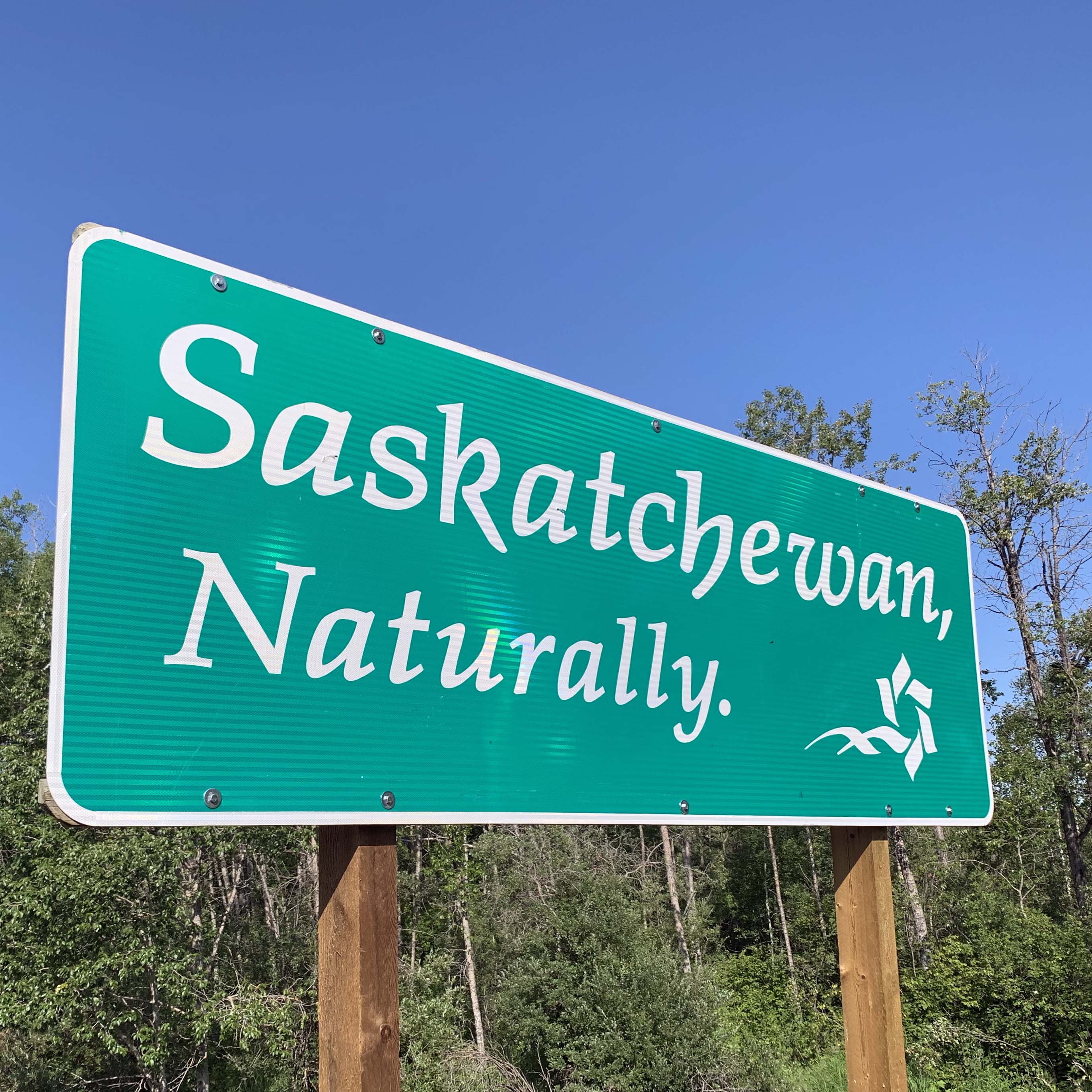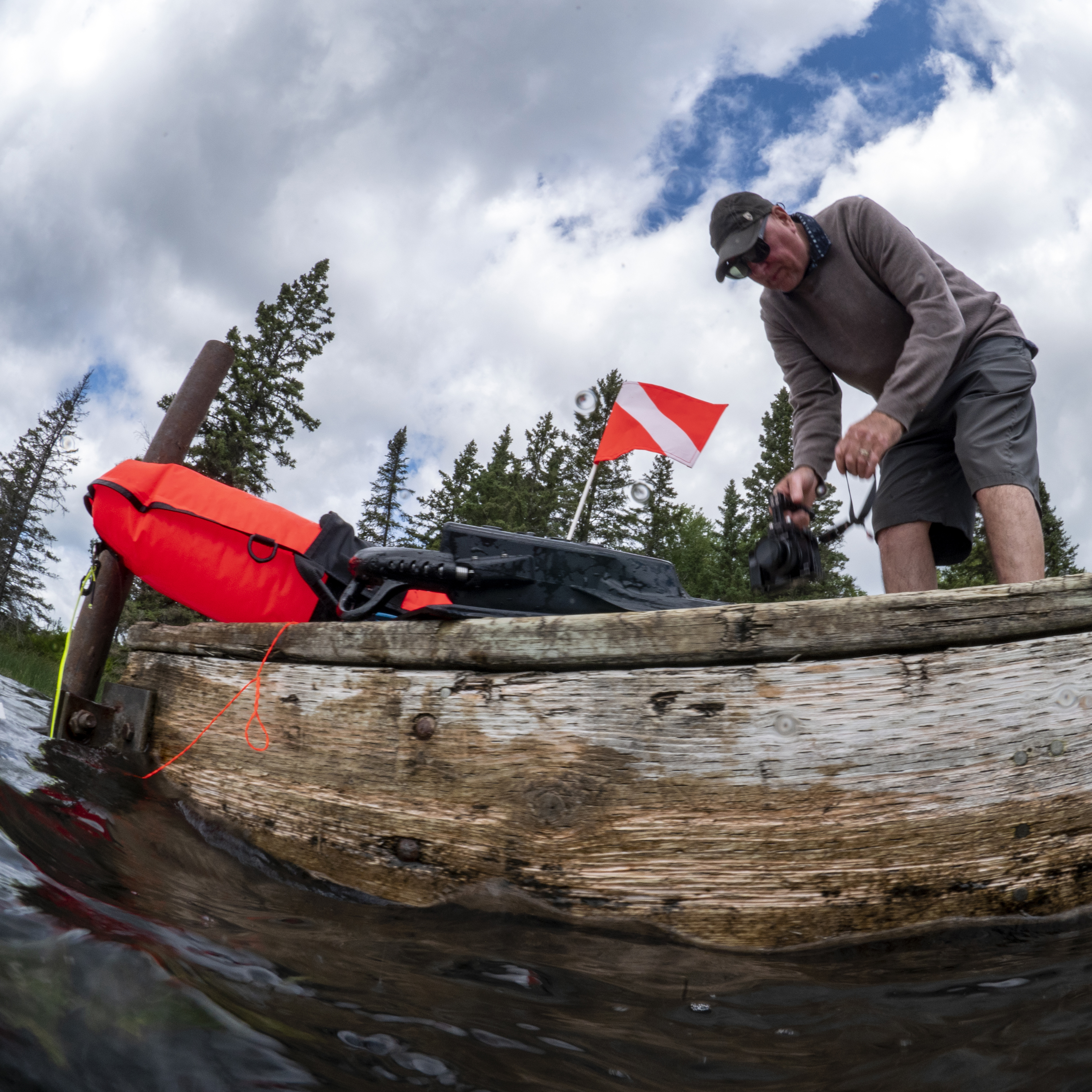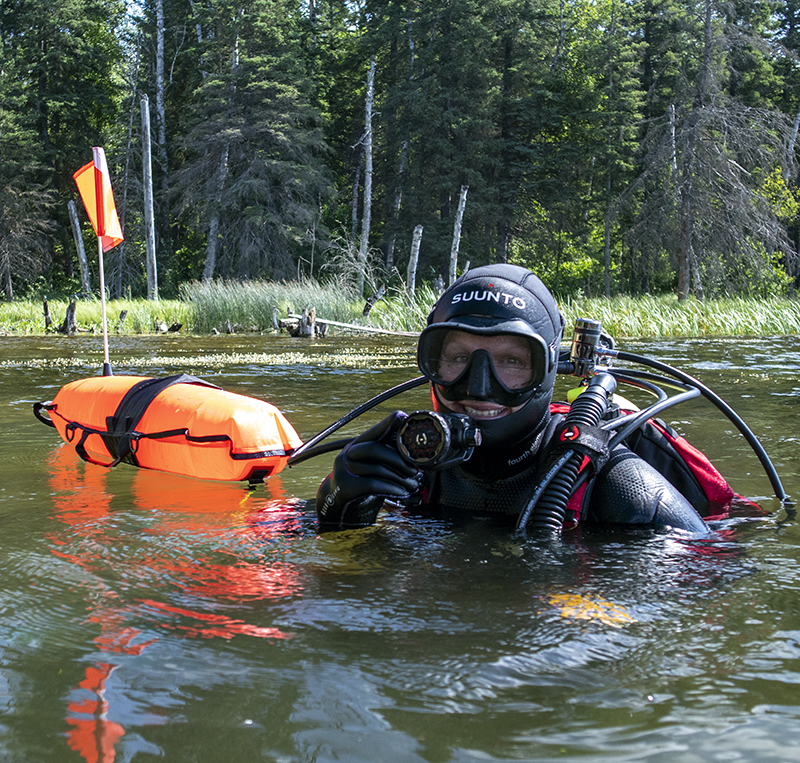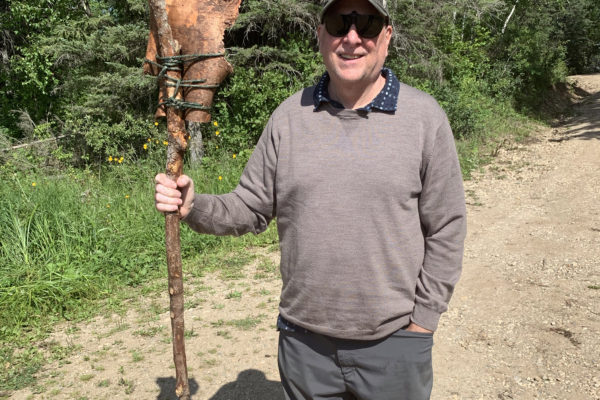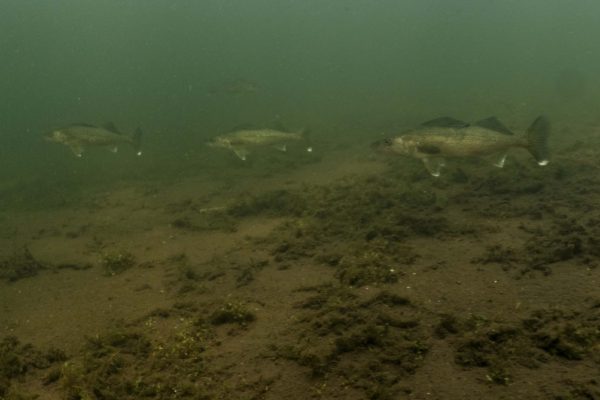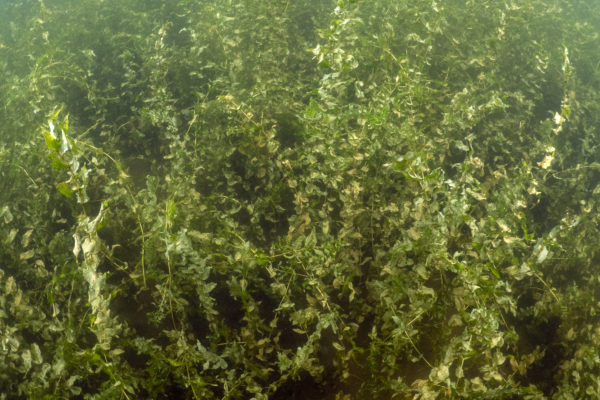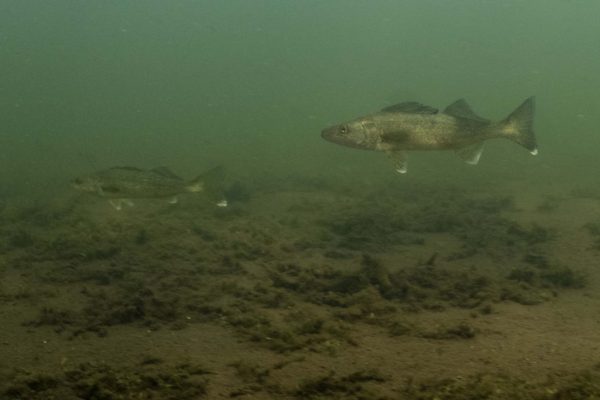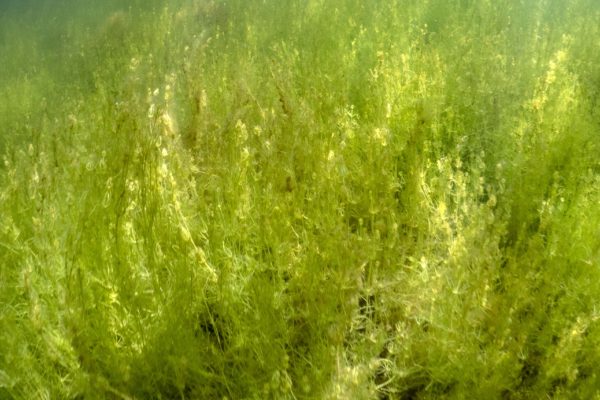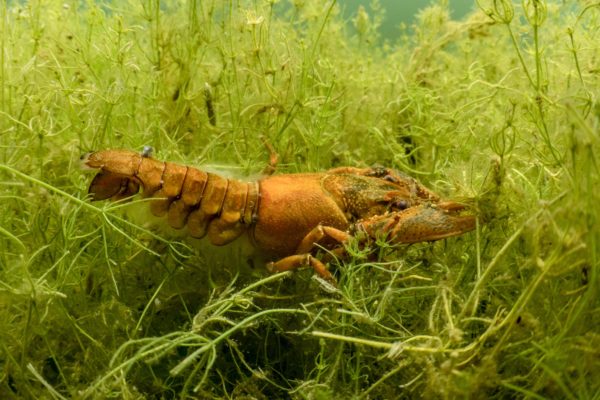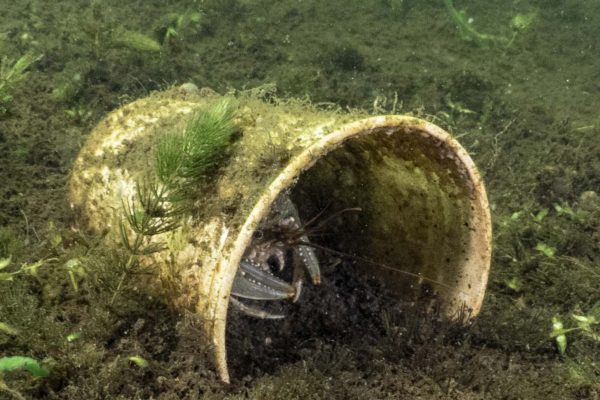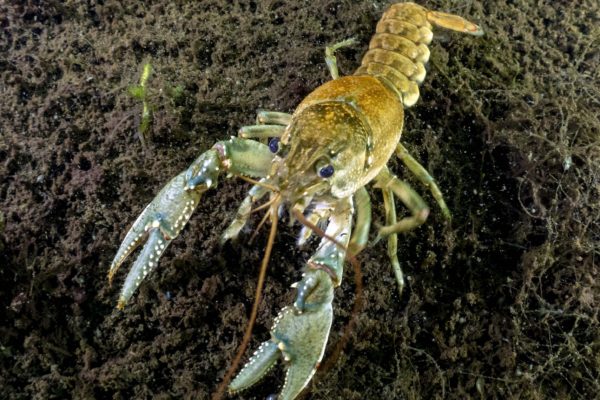I have left Saskatchewan as my last stop on my Underwater Canada tour. It is not known as a diving destination, but every place has a story. Locked in the middle of Canada, people tend to get certified and run off to the tropics or the west coast. But, over two decades ago, my late colleague Wes Skiles visited Saskatchewan for a diving conference, in winter! As I recall, he was coming up to Canada from his north Florida home to teach an underwater video class. Not a fan of cold weather, Wes still thought there might be a way to get his students into the field. Upon arrival, he was told that it would be difficult to find a dive site within many hours of the seminar location. Always ingenious, Wes and his students made a spoof movie about searching for water, Beverly Hillbillies-style. The final film was a hilarious satire called the Beaverly Hillbillies, starring a busty Canadian girl going in search of blue gold, much the same way Ellie-Mae sought out oil in the opening credits of the classic TV series of a similar name.
I found my blue gold at Duck Mountain Provincial Park. It turns out there are two Duck Mountain Provincial Parks—one in Manitoba, the other Saskatchewan. They boast clear water and are remarkable for their hilly terrain that is part of the Manitoba Escarpment. Duck Mountain Provincial Park in Manitoba is considered to be a Class II protected area under the IUCN protected area management categories due to the unique geography and associated rare wildlife. Rising to 400 m above the lowlands, the Duck Mountains stand out on the horizon. The area represents the southern limit of the boreal forest in its transition zone to aspen parkland. The forest landscape is rolling, with numerous ponds, lakes and creek channels.
I chose Batka Lake for a quiet dive. Only a single canoe shared the area. Underwater, the lake was unremarkable. A few crayfish skittered around. Some walleye and northern pike darted past. The subaquatic vegetation was pretty, illuminated by warm rays of the sun. On my penultimate dive of the Underwater Canada project, I was reminded that no matter what I see, or don’t see in the depths, I love being underwater. I am more at home there than on the surface. Submerged and weightless, I am free to explore the subtle beauty of a world few will ever see. Our most excellent resource is blue gold and underwater I get to float in it.
DIVE SITES
Whiteswan Lake, Saskatchewan
Explore the remnants of a flooded town drowned during the building of two nearby dams in 1912 and 1947. The dive begins with a surface swim of about 100 m. You will see a road, two spillways, a blockhouse, and three telephone poles. Divers have added toilets accessories and a habitat. The old abandoned town is accessible only by boat and is not clearly marked. Latitude: 54.04715 Longitude: -105.16763
Many other clear lakes in this region provide diving opportunities.
Lake Diefenbaker
This popular dive spot has varying conditions. The Danielson Provincial Park and downstream of the dam are popular for diving.
Duck Mountain Provincial Park (Saskatchewan)
Duck Mountain Provincial Park is a Saskatchewan Provincial Park, located 14 km east of the town of Kamsack and stretches some 12 kilometers eastward to the Saskatchewan/Manitoba boundary. The area represents the southern limit of the boreal forest, in its transition zone to aspen parkland. The forest is a refuge for elk, deer, moose, coyote, black bear, lynx, bobcat, and timber wolf. Fish species include walleye, yellow perch, northern pike, burbot, and white sucker. Madge Lake is the largest body of water in the park and serves as its central tourist attraction. The lake hosts a sizeable local breeding flock of ducks and other waterfowl. There are two public swimming beaches (Ministik Beach and Pickerel Point Beach) constructed with artificially supplied sand. Access is easy at these points. The less-visited yet clear Batka Lake is accessed via the boat ramp. Don’t disturb the nesting loons in this area.
